October 6, 2025
Preparing Your Perennials for Winter: What to Cut Back (and What to Leave Standing)
As the days get shorter and the temperatures start to drop, many gardeners wonder: what should I do with my perennials before winter? A little fall prep goes a long way toward protecting your garden, encouraging healthier growth in spring, and supporting local wildlife. But here’s the key: not all perennials should be cut back in fall. In fact, leaving some of them standing is better for the plant and the environment. Check out our whole blog devoted to the topic here!
Below we’ll walk through the basics of overwintering your perennials—plus highlight the plants you should leave alone until spring.
General Tips for Overwintering Perennials
- Tidy up selectively: Cut back soft, herbaceous perennials that have completely died back. Removing mushy or diseased foliage reduces the chance of pests and diseases overwintering.
- Leave mulch for protection: A 2–3″ layer of mulch around plant crowns helps regulate soil temperature and prevents frost heaving (when plants are pushed up out of the soil during freeze-thaw cycles).
- Water before the ground freezes: Going into winter with moist (but not soggy) soil helps plants survive harsh weather.
- Be patient in spring: Some plants are slow to wake up. Don’t rush to dig them out if they seem late to emerge.
Perennials You Shouldn’t Cut Back in Fall
Some perennials need their old growth for protection, seed dispersal, or habitat. Others offer food and shelter for wildlife in the colder months. Here are the top ones to leave standing:
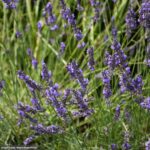 Lavender
Lavender
A woody perennial that resents harsh pruning in fall. Cutting it back risks frost damage and root rot. Leave stems until spring to protect the plant.
 Russian Sage (Perovskia)
Russian Sage (Perovskia)
Old growth shields the crown from frost and helps maintain natural dormancy. Cut it back in spring instead.
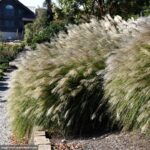 Ornamental Grasses
Ornamental Grasses
Their stems hold snow in place, which insulates the roots. Plus, they add beautiful winter texture to the garden.
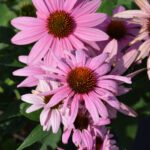 Coneflower (Echinacea) & Black-Eyed Susans (Rudbeckia)
Coneflower (Echinacea) & Black-Eyed Susans (Rudbeckia)
Stems protect the crown and prevent frost heaving. Their seed heads are a natural bird feeder, and the hollow stems shelter insects.
 Sedum
Sedum
Dried flower heads add winter interest while stems protect the crown and provide habitat for native bees.
 Native Asters
Native Asters
Like coneflowers, their stems offer crown protection and seed heads feed birds.
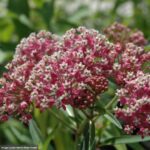 Milkweed (Asclepias)
Milkweed (Asclepias)
Essential for pollinators—leave stems and pods to allow natural seed dispersal. The hollow stems also provide winter nesting sites for insects.
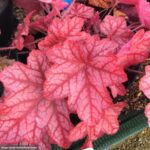 Coral Bells (Heuchera)
Coral Bells (Heuchera)
Many varieties are semi-evergreen. Old leaves protect the crown, so don’t cut them back until spring.
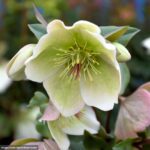 Hellebores
Hellebores
Their evergreen foliage protects winter flower buds. Wait until after bloom in spring to clean up old leaves.
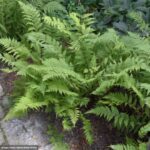 Ferns
Ferns
-
- Evergreen/semi-evergreen ferns should not be cut back; they protect roots and help reduce soil erosion.
- Deciduous ferns can be cleaned up only once fronds are fully brown, though leaving them provides extra insulation.
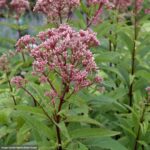 Native Perennials with Seed Plumes
Native Perennials with Seed Plumes
Plants like Joe Pye Weed, New England Aster, Liatris, Goldenrod (Solidago), and Ironweed offer food and shelter for wildlife, prevent frost heaving, and reseed naturally to sustain native populations.
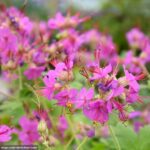 Cranesbill Geranium
Cranesbill Geranium
A semi-evergreen groundcover that protects soil from erosion, shelters beneficial insects, and resists deer browsing.
Why Leaving Plants Standing Matters
By resisting the urge to “tidy up” too much, you’re not just protecting your plants—you’re supporting a whole ecosystem. Birds, bees, and beneficial insects rely on seed heads, stems, and foliage for survival during the coldest months. And come spring, your perennials will thank you with stronger growth.
A little thoughtful preparation now makes for a healthier, more vibrant garden next year. Cut back only what truly needs it, mulch for insulation, and let nature take its course with the rest.
At Mahoney’s Garden Centers, our team is always here to help with perennial care, winter prep, and plant-specific advice. Stop by this fall to chat with us and stock up on mulch, tools, and everything you need to get your garden ready for winter!
